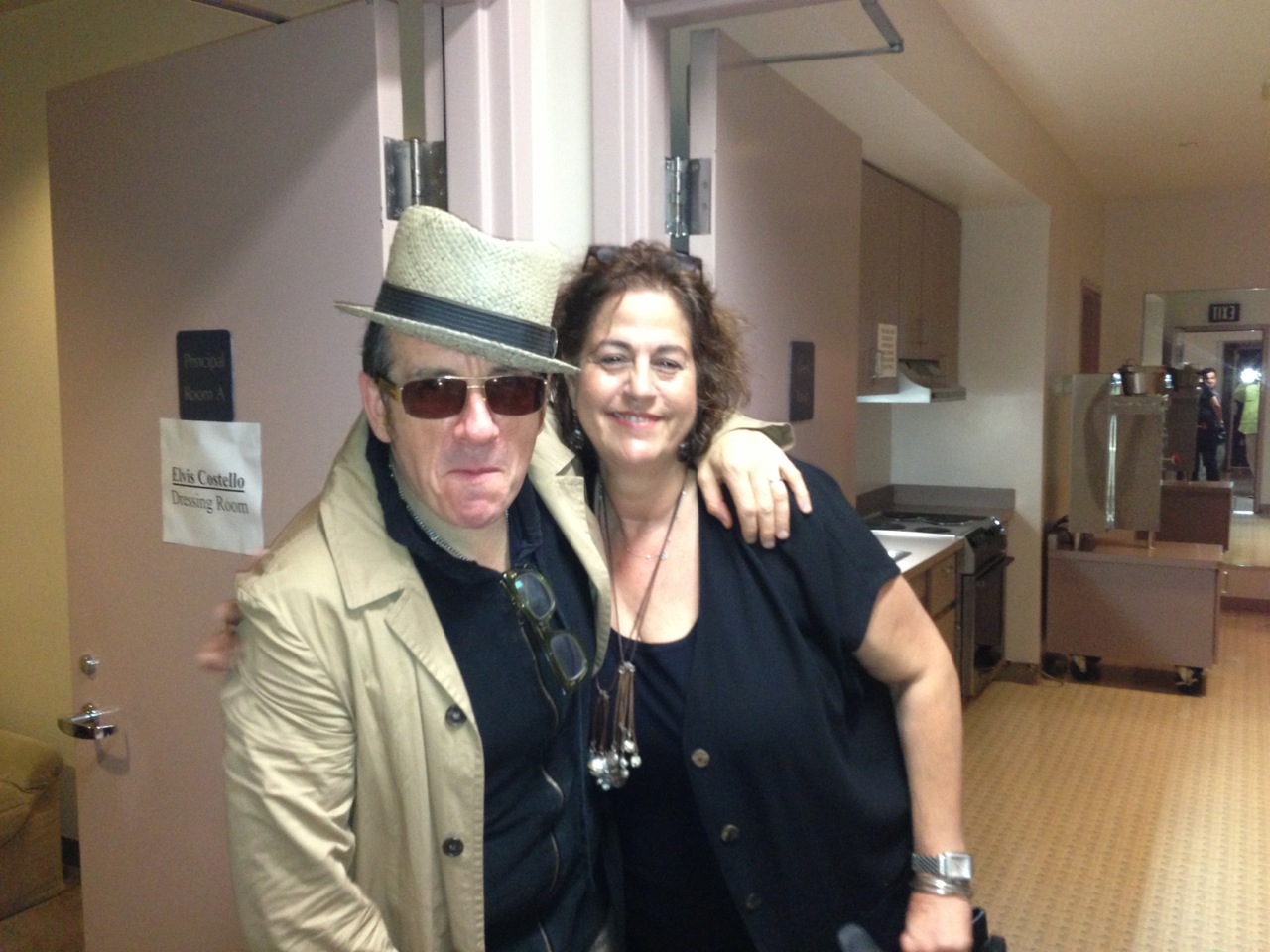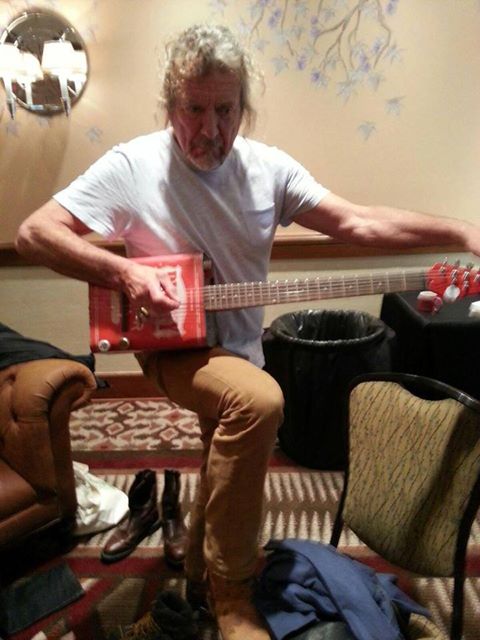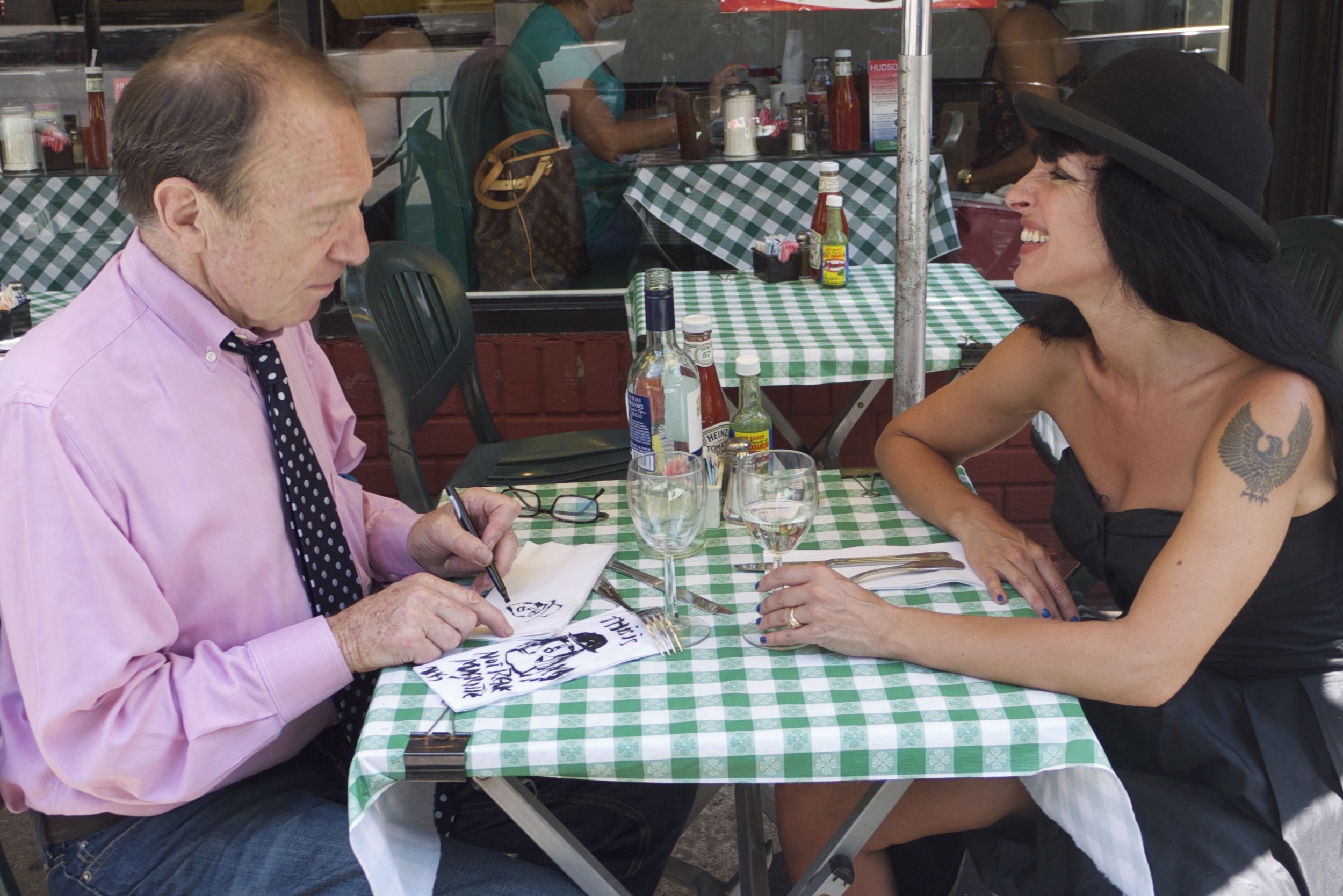By Tom Semioli
This feature is exclusive to Vinyl Manifesto.Com, March 2013.
The more things change in the unpredictable worlds of music and media, the more things remain the same. There is still no substitute for talent – that is, as long as an equally talented publicist is within reach. With the demise of the record industry compounded with a permanently fractured media landscape and an unstable economy to boot– a knowledgeable publicist is as essential to an artist’s career as a band member, manager, producer, roadie, booking agent, accountant, and lawyer - along with an ample supply of duct-tape and penicillin. Sans a sharp, intuitive, inventive publicist – the artist languishes. Music fans and club owners suffer too - especially in the alt-country, blues and roots communities: genres which are woefully neglected in the mainstream.
So, who are the dedicated publicists of Americana and blues music? Who keeps the music you love alive – at festivals, on TV shows and films, in the recording studio, in clubs, sheds, arenas, on podcasts and radio appearances? Who spreads the word about your favorite artists’ tours and releases in print, broadcast and digital media? Who toils outside the glare of the spotlight for the sake of the music? Who affords emerging artists a voice and a chance at a career? Who champions the forgotten artists who never receive the recognition they deserve? Who turns you on to new music that changes your life for the better?
Enter Joan Myers, founder of Myers Media , who has seen her share of fire and rain and then some for the famous and infamous alike. From tour publicist for the Rolling Stones to the her tenure on the ground floor of a burgeoning media venture known as MTV, to facilitating the platinum career of Bonnie Raitt , to forming her own company and promoting scores of renown recording artists – Alison Krauss & Union Station, Hal Ketchum, Lorrie Morgan, Ruth Brown, Junior Brown…the list goes on and on and on…Joan Myers continues to make music history – even though her name is not on the marquee!
It all started for Ms. Myers by way of her beloved Uncle Harry, a major player in the fertile Philadelphia music scene of the 1960s. Everyone from Dick Clark to Phil Spector to Bobby Rydell came-a knockn’ on Aunt Silvia and Uncle Harry’s door as a young Joan watched in amazement. Ms. Myers became hooked on music, and even appeared on American Bandstand in her Brownies uniform -check the Paley Center’s Museum of Broadcasting Archives next time you’re in New York City– you will not be disappointed!
Barely out of her teens, Joan’s first official music gig was for a pro-sound road case company in Los Angeles. On her lunch hour and after work, Joan ambled over to the old movie studio which had been converted to a sound-stage wherein she’d mingle with musicians and industry folks – forging relationships that serve Joan and her artists to this day.
Her first job led to a position at Warner Bros. toiling for Rock ‘n’ Roll Hall of Famer Leon Russell’s Paradise imprint, and sharing space with such notable producers as Ted Templeman and Gary Katz. Joan’s time at WB afforded her the opportunity to develop more relationships, more contacts, and garner invaluable insight. Joan eventually landed a PR position at Capitol. When the call went out to the Capitol PR staff for the opportunity to work a promising record by a then under-rated and under-appreciated artist by the name of Bonnie Raitt – Joan raised her hand and the rest, as they say, is history. Ms. Raitt credits Ms. Myers as an indispensable player in the Grammy success of Nick of Time – and for helping Bonnie reach unprecedented recognition as a blues recording artist.
“I was lucky to learn this business from some of the greats” Joan recalls. “Paul Wasserman, my old boss, who worked with the Rolling Stones, Bob Dylan – you name it - was a genius. He was old-fashioned in a good way – he started out in the movie business back when the studios would make stuff up about their stars to garner attention whether it was legitimate or not. Wasserman carried that over to rock ‘n’ roll.” Wasserman also threw Joan into the deep end of the PR pool as tour publicist for the world’s greatest rock ‘n roll band.
“I also learned a lot from watching the Rolling Stones – who, of course, were veterans by the time I was with them. I was impressed by their professionalism – and how personable they were. And I was never a big Stones fan to begin with, until Mick sang to me one night on the tour.” Myers still laughs at the fact that Jagger could never remember her name. “He called me Rachel for six months…I am still friendly with many people in their organization.”
Her days at MTV are the stuff of legend. “Believe it or not” Joan recalls, it took awhile for MTV to catch on. We were working out of an office in New York City while Tom Freston and John Skyes were still trying to convince cable carriers to add us to their line-up. We didn’t even have enough videos to fill the channel for twenty four hours!”
The creation of Myers Media was a natural progression for Joan. “Actually, I got fired from Capitol for what was as termed as ‘insubordinate behavior!’ Even then, I was not savvy about the politics of record labels – I stuck up for the artist. I was a rebel. The straw that broke the proverbial camel’s back was when I was with the legendary Willie Dixon. Bonnie, who also got me involved with the Rhythm and Blues Foundation, had educated me on the blues. No one at Capital really knew who he was, this great human being who inspired everyone from Dylan to Led Zeppelin! And at that time, Willie was old and in failing health. The wanted him to take cabs, and I said ‘no way!’ I called car services for the great Willie Dixon! That was it for me!” So Joan took her severance pay from Capitol, purchased a fax machine and a rubber stamp and never looked back.
The irony: Joan has survived the record industry as we all knew it. Brick-and-mortar record stores are nearly extinct. The hard-copy music format is endangered. Record companies are vanishing. And the media is far more expansive than it was a generation ago. As each pillar of what was once the music business crumbles, the role of the publicist grows larger. Now what?
Joan advises – “a publicist cannot control the mass media – I never saw it that way. And I saw too many publicists put up walls between the artist and the media –which is always the wrong thing to do. Both the artist and the media must have a sense of each other. After all, the artist needs to get the word about their new album or tour, and the writer is hungry for a great story. “ Easier said than done. The synergy between the artist and the media is not a natural occurrence. It has to be nurtured - then executed with military precision when the opportunity arises. The ancient anecdote “you never get a second chance to make a first impression” rings true – the media never forgets. One false move and an artist’s career could be dashed in an instant; hence the publicist as orchestrator.
“I always added more depth to the situation, arranging interviews in a comfortable setting – asking an artist to do an interview with someone they don’t know often does not yield good results. For example, when I worked with Crowded House – who were wonderful people- rather than have the press conduct cold phone interviews or sit in an antiseptic, uninspiring office, I’d invite the writers to visit the band’s dressing room before or after a show for tea and crumpets – they got great press, and the writers appreciated the access. The critics all fell in love with Crowded House. It sounds simple, but it was a way for the band to exude their natural charm…”
Joan also opines that with the advent of social media and digital technology there are more opportunities for artists than ever before. “Technology is a fantastic tool – I’ve always embraced it, but you still need creativity – anyone can push buttons.”
Among the most imaginative Myers Media efforts occurred during the promotion of Townes Van Zandt’s acclaimed A Far Cry From Dead collection. Though Van Zandt was revered by musicians and hip journalists, he was virtually unknown to the masses. There was also another hurdle to overcome; the artist was dead! In addition to Joan’s head-line grabbing revelation that Townes’ widow brought his ashes in an urn to the overdub sessions and set them upon the recording console in the studio for the musicians – many of whom were Townes’ close associates - Joan had her staff send Ouija Boards to select members of the media to “interview” the departed spirit of Van Zandt! Savvy Joan knew which writers would “get it.” The coverage Joan garnered was massive – she helped turn a new generation on to an artist deserving of far more attention than he garnered whilst he walked this mortal coil. “It was a crazy fun campaign – I had to think outside the box! To this day, I take chances – that’s what I love to do.” Nowadays Townes Van Zandt is regularly name-checked in the music media. Funny how that happened…
Once upon a time, Joan contacted NASA on behalf of her client, a then unknown band - Bela Fleck & The Flecktones. For reasons Joan refuses to divulge, they desperately wanted to be the first band to play live in the cosmos. No problem for Joan Myers. “If you think getting radio air-play is hard, try getting a gig in outer-space!” The Flectones’ percussionist Future Man played the “futuristic” drumitar - a musical device you’d expect from Star Trek’s Mister Spock, which is worn akin to a traditional guitar and consists of a triangular hardwood body equipped with touch-sensitive plastic pads which act as MIDI triggers. Joan played up Future Man’s trippy, unconventional gear to the space agency. Though NASA couldn’t set up a bandstand in the Space Shuttle – by way of Joan’s suggestion, they used one of Bela’s tunes as wake-up music for the astronauts. It was the most press that Bela Fleck & The Flecktones had garnered up to that point in their young career. The rest, as they say again, is Myers Media history.
Joan’s insight – and bravura - also led to one of the great moments in rock ‘n’ roll that almost never happened. Paul McCartney was being honored by the Music Cares Foundation; however Joan was shocked to discover that the line-up for the gala event was devoid of any of Paul’s heroes and mentors – focusing instead on contemporary artists. Joan knew that Paul and the Beatles worshipped her longtime friend and client - Rock ‘n’ Roll Hall of Famer Duane Eddy, whom her aforementioned Uncle Harry signed to his first record deal. “Eddy’s influence on Paul’s generation of musicians cannot be understated,” Joan emphasizes. Knowing how much Paul loved Duane and vice versa, Joan worked the phones and her contacts- unbeknownst to both legends. Paul was absolutely floored when Eddy showed up to honor him. Eddy introduced Macca to Joan as –“the woman who had the crazy idea to bring me here!”
What was a Beatle to say? “Joan Myers – stay crazy!” Joan agrees. “And that’s the way I’m going to continue my life and work!”
(Photo: Rock 'n' Roll Hall of Famer Elvis Costello & Joan Myers)


